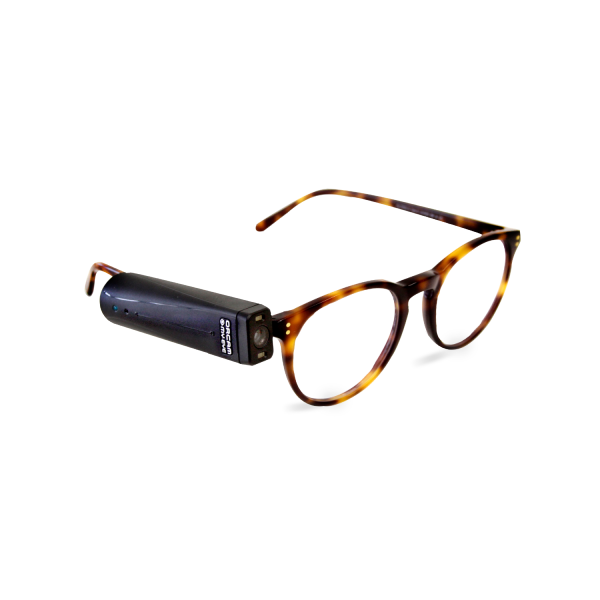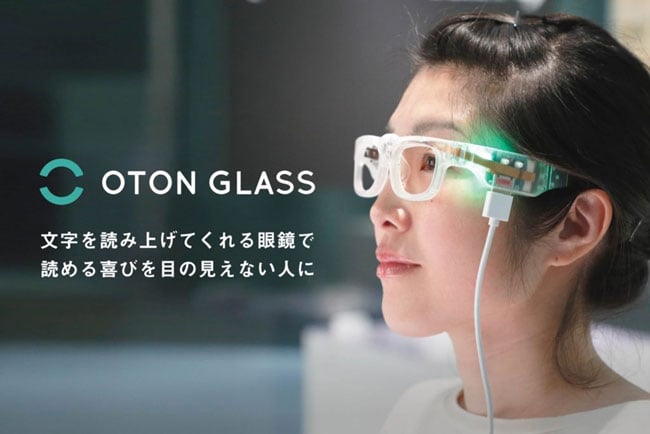The Future of Assistive Technology for the Blind: Empowering Independence
The Future of Assistive Technology for the Blind: Empowering Independence
Blog Article
Enhancing Ease Of Access Via Assistive Technology for the Blind
The combination of assistive technology for the blind represents a pivotal advancement in ease of access, essentially modifying just how individuals browse their environments and involve with culture. From screen readers to innovative clever canes, these tools not only boost self-reliance yet likewise advertise inclusivity in numerous rounds of life. As we explore the varied sorts of assistive tools and their tangible influence on daily living, it ends up being vital to analyze how recurring technical developments are improving the landscape of support for the blind community. What effects do these developments hold for the future of availability?
Introduction of Assistive Innovation
Assistive innovation refers to a series of tools and software developed to enhance the capacities of individuals with specials needs, consisting of those who are blind or visually impaired. This technology plays an important role in promoting self-reliance and improving the lifestyle for customers. By supplying alternate approaches for accessing information and executing everyday tasks, assistive technology equips people to navigate their settings better.
The development and implementation of assistive technology welcome a selection of principles focused on promoting access. These concepts include user-centered style, which prioritizes the needs and choices of the individual, and the assimilation of technology right into everyday tasks. Such developments ensure that assistive devices are not just useful yet simple and additionally intuitive to utilize.
Additionally, assistive technology encompasses a varied range of services, from low-tech options like magnifiers to state-of-the-art innovations such as display readers and Braille displays. The ongoing advancement of this field is driven by the demand to address the one-of-a-kind difficulties faced by individuals with visual problems (Wearable technology for low vision). As innovation remains to advance, the possibility for boosting accessibility and promoting inclusivity continues to be promising, eventually adding to an extra fair culture

Kinds Of Assistive Gadgets
Various kinds of assistive devices are available to support individuals that are blind or aesthetically damaged, each created to attend to particular requirements and difficulties. These devices can be broadly classified right into 3 primary types: low-tech, mid-tech, and modern options.
Low-tech gadgets consist of things such as magnifiers, Braille labels, and responsive maps. These are fairly straightforward devices that enhance the customer's capacity to communicate with their setting without needing complicated technology.
Mid-tech gadgets often involve advanced functions, such as digital magnifiers and mobile Braille note-takers. These gadgets can offer functionalities like speech outcome, enabling customers to accessibility info more efficiently.

Impact on Daily Living
The availability of various assistive gadgets dramatically boosts the lifestyle for people who are blind or visually damaged, affecting their daily living in profound ways. By incorporating technologies such as screen readers, Braille displays, and audio summary solutions right into their regimens, individuals obtain better autonomy and self-reliance. These tools promote accessibility to information, making it possible for people to execute daily tasks, such as reading emails, navigating public spaces, and appreciating media material.
In addition, assistive gadgets encourage people to involve more fully in social communications and area tasks. The capability to use smart devices geared up with accessibility attributes permits smooth communication and link with others. This connection fosters a feeling of belonging and decreases sensations of isolation.
In expert setups, assistive technology supports performance by allowing individuals to full job jobs effectively. Devices like voice recognition software application and specialized magnification devices enable customers to optometrist work environment join the labor force on equal footing with their sighted peers.

Improvements in Innovation
Recent technical innovations have considerably transformed the landscape of devices available for people who are visually impaired or blind. The integration of expert system (AI) and maker knowing has triggered applications that improve navigation and item recognition. For instance, smartphone apps can now utilize AI to recognize and explain environments in real-time, supplying users with valuable contextual info.
In addition, innovations in haptic innovation have actually resulted in the advancement of wise canes furnished with sensors that detect obstacles and offer responsive feedback. This encourages users to browse their setting with boosted confidence and freedom. Innovations in text-to-speech software application and braille display screens have actually improved the access of digital web content, permitting for seamless communication with numerous media.
Wearable technologies, such as clever glasses, are likewise making strides in assisting aesthetic problems. These tools can offer increased fact experiences, overlaying critical information onto the individual's field of view. Collectively, these advancements not only enhance the top quality of life for individuals who are blind but likewise promote higher addition in visit this web-site culture. As technology continues to evolve, the capacity for also more transformative devices continues to be coming up.
Future Trends and Innovations
As modern technology swiftly advances, the future of assistive devices for people who are blind holds tremendous guarantee. Innovations in expert system (AI) and artificial intelligence are poised to reinvent the way blind customers communicate with their environments. AI-driven applications are being developed to improve things acknowledgment, allowing users to determine and browse their surroundings with better ease and accuracy.
Additionally, innovations in haptic responses technology are enabling the development of responsive maps and navigation help that offer real-time info with touch. These advancements not only enhance mobility yet likewise foster independence. Furthermore, wearable tools geared up with augmented truth (AR) functions are emerging, providing users visual information via audio descriptions, thereby linking the void in between the digital and physical worlds.
Additionally, the integration of wise home innovation presents brand-new chances for ease of access, allowing people to regulate their living atmospheres via voice commands or mobile phone applications. As partnership between technology programmers and the blind neighborhood continues, the emphasis on user-centered design will certainly make sure that future innovations are tailored to fulfill the special needs of this populace (Wearable technology for low vision). The trajectory of assistive modern technology guarantees an extra empowering and comprehensive future for individuals who are blind
Verdict
Finally, assistive innovation plays a critical function in improving accessibility for people with visual problems. The varied range of tools, including screen viewers and wise walking canes, substantially improves everyday living and cultivates freedom. Continuous advancements in innovation and user-centered layout guarantee that these tools provide properly to the unique requirements of the blind area. As developments progress, boosted inclusivity and empowerment can be prepared for, inevitably enhancing the lifestyle for those impacted by aesthetic disabilities.
The assimilation of assistive technology for the blind represents a pivotal advancement in ease of access, fundamentally modifying just how people browse their environments and engage with society.Assistive modern technology refers to a range of check it out devices and software developed to boost the capabilities of individuals with disabilities, including those that are visually impaired or blind. Wearable technology for low vision.As innovation quickly advances, the future of assistive tools for individuals who are blind holds enormous promise. The trajectory of assistive technology assures a more inclusive and empowering future for people who are blind
In final thought, assistive innovation plays a critical function in enhancing access for individuals with visual disabilities.
Report this page